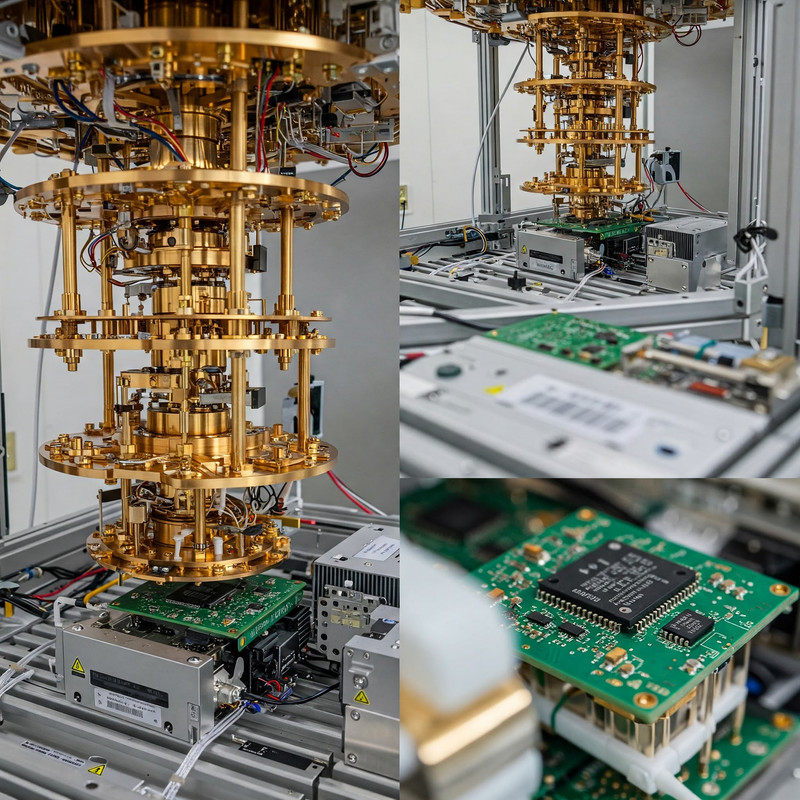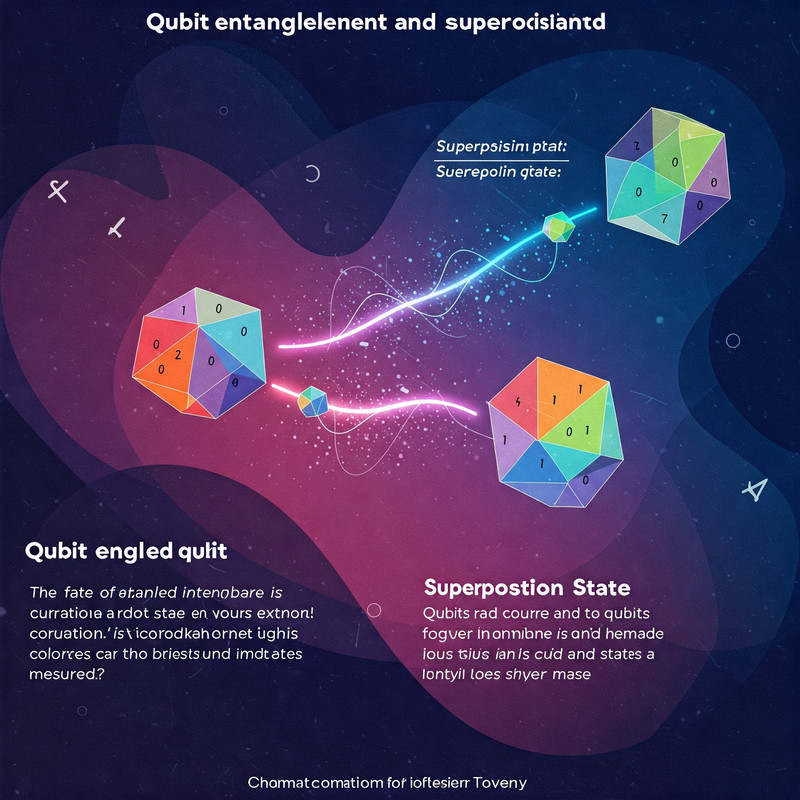AI’s Eye on Earth: The Future of Environmental Monitoring
The Future of AI in Earth Observation and Environmental Monitoring
Published on: May 21, 2025
Labels: AI in Earth Observation, Environmental Monitoring, Future Technology, Space Technology, Artificial Intelligence, Climate Change, Remote Sensing

AI-powered satellites are revolutionizing Earth monitoring by providing unprecedented insights.
Introduction: A New Frontier in Planetary Stewardship
Earth observation has entered a new and transformative era, largely thanks to the profound integration of **Artificial Intelligence (AI)**. This powerful synergy is revolutionizing how we monitor our planet's vital environmental health, making the process faster, more accurate, and significantly more efficient than ever before. From tracking subtle changes in vast ecosystems to predicting severe weather events, AI is becoming an indispensable tool in our quest for planetary stewardship. But how exactly is AI fundamentally reshaping this critical field, and what does the future hold? Let's dive in.

Sophisticated AI models are now capable of analyzing intricate global climate data in unprecedented detail.
How AI Augments Earth Observation Capabilities
Historically, traditional satellite systems generated colossal volumes of raw data—imagery, spectral readings, radar signals, and more. Interpreting this wealth of information was a labor-intensive process, taking human analysts days, weeks, or even months. Now, advanced **AI algorithms** and **machine learning models** are transforming this paradigm:
- Real-time Data Processing: AI systems can process and analyze satellite data in near real-time, instantly detecting patterns, anomalies, and changes across vast geographical areas. This dramatically accelerates the conversion of raw data into actionable insights.
- Enhanced Accuracy and Precision: AI models, trained on massive datasets, can identify subtle features and variations that might be missed by the human eye or traditional analysis methods, significantly reducing human error in interpreting complex satellite imagery and sensor readings.
- Powerful Predictive Analytics: Beyond current observations, AI excels at identifying trends and forecasting future environmental events. This includes predicting the paths of hurricanes, the onset of droughts, the spread of forest fires, and even long-term climate shifts, enabling proactive disaster preparedness and resource management.
- Automated Feature Extraction: AI can automatically identify and classify objects or features of interest, such as specific crop types, urban sprawl, illegal mining operations, or different types of land cover, across vast stretches of land or ocean.

AI's predictive capabilities are crucial for anticipating and mitigating environmental disasters.
Key Applications of AI in Environmental Monitoring
The practical applications of AI in environmental monitoring are diverse and continually expanding, offering critical tools for addressing some of our planet's most pressing challenges:
- Advanced Climate Change Tracking: AI powers sophisticated models that track crucial indicators of climate change, including:
- Monitoring the precise rates of polar ice melt and glacier retreat.
- Accurately measuring sea level rise across coastal regions globally.
- Detecting and quantifying deforestation rates in real-time, particularly in vulnerable rainforests.
- Analyzing atmospheric composition changes and greenhouse gas concentrations with greater granularity.
- Proactive Disaster Management and Response: AI algorithms enable rapid and efficient disaster response:
- Quickly identifying the most affected areas post-hurricane, earthquake, or wildfire, guiding emergency services.
- Mapping flood extents and predicting their severity.
- Assessing damage to infrastructure and critical resources after natural calamities.
- Biodiversity Conservation and Wildlife Protection: AI-driven analysis of satellite imagery and drone footage can detect:
- Illegal activities such as poaching, illegal logging, and deforestation in remote protected areas.
- Monitoring wildlife migration patterns and habitat changes, aiding conservation efforts.
- Tracking changes in biodiversity hot spots due to human encroachment or climate shifts.
- Sustainable Agriculture and Food Security: AI analyzes satellite data to optimize crop yields, monitor soil health, detect disease outbreaks, and manage water resources more efficiently, contributing to global food security.
- Urban Planning and Resource Management: AI helps urban planners monitor city growth, manage waste, analyze traffic patterns, and optimize energy consumption, leading to more sustainable smart cities.
Comparative Advantages of AI-Powered Earth Observation
| Aspect | Traditional Human Observation | AI-Powered Earth Observation |
|---|---|---|
| Speed of Analysis | Slow (days to weeks for large datasets) | Instantaneous (near real-time processing) |
| Accuracy & Consistency | Moderate, prone to human error and fatigue | High, consistent, identifies subtle patterns |
| Scalability & Coverage | Limited by human resources and geographic scope | Massive, global scale, 24/7 operation |
| Predictive Capability | Limited, relies on historical data trends | Advanced forecasting and early warning systems |
| Cost Efficiency | Higher operational costs due to human labor | Reduced long-term costs through automation and efficiency |

The future of Earth observation is undeniably intertwined with intelligent AI satellite networks.
Conclusion: Paving the Way for a Sustainable Future
The integration of **Artificial Intelligence** into Earth observation is not merely an enhancement; it is rapidly becoming an indispensable cornerstone for effective environmental monitoring and global sustainability efforts. From the granular insights it provides for climate change tracking and the rapid response capabilities it offers for disaster management, to its potential in safeguarding biodiversity and optimizing resource allocation, AI technologies are paving the way for a safer, smarter, and more sustainable future for all of humanity. As AI continues to evolve, its role in understanding and protecting our planet will only grow, empowering us to make more informed decisions and take more effective actions toward a healthier Earth.
Explore More Science by Rao:
- Terraforming Mars: Can We Turn the Red Planet Green?
- The Moon as Earth’s Backup: Why Lunar Colonization Is Back in the Spotlight
- The Future of Nuclear Fusion: Unlimited Clean Energy?
- Powering Earth from the Stars: Space-Based Solar Energy
- AI in Space Exploration: How Artificial Intelligence is Powering Interstellar Missions
Follow and Connect with Science by Rao:
Stay updated by clicking the follow button on the sidebar!
Privacy Policy | Disclaimer | About the Author
Comments
Post a Comment